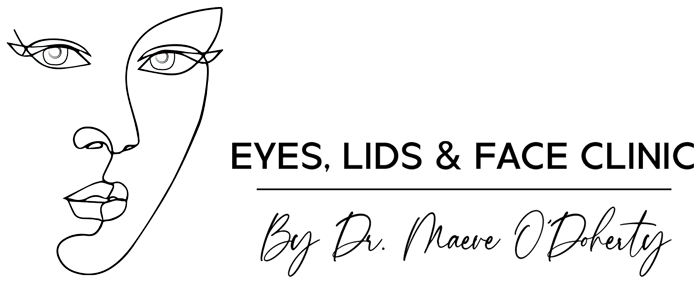At the Eyes, Lids & Face Clinic, we believe in empowering our patients with comprehensive knowledge about the procedures they are considering. Blepharoplasty, commonly known as eyelid surgery, is a transformative procedure that not only enhances the aesthetic appeal of your eyes but also can have functional benefits. In this guide, we’ll delve into what blepharoplasty entails, its types, benefits, and what patients can expect from the procedure.
What is Blepharoplasty?
Blepharoplasty is a surgical procedure designed to improve the appearance of the eyelids. It involves removing or repositioning excess tissue, as well as reinforcing surrounding muscles and tendons. The goal is to restore the natural beauty of the eyes, reduce signs of aging, and in some cases, improve peripheral vision impaired by excess eyelid skin.
Types of Blepharoplasty
- Upper Eyelid Surgery: This is often sought out by patients who have excessive skin on their upper eyelids. Such excess skin can sometimes lead to a loss of peripheral vision, especially in the outer and upper parts of the visual field. By carefully making incisions along the natural skin lines of the upper eyelid, we can remove the extra skin and fat, leading to a more youthful look and improved vision.
- Lower Eyelid Surgery: This type of blepharoplasty focuses on the lower lid and is effective for patients experiencing ‘bags’ under their eyes or excess skin. The procedure involves removing or repositioning fat, along with excess skin removal to rejuvenate the under-eye area.
Benefits of Blepharoplasty
- Aesthetic Enhancement: Blepharoplasty can significantly rejuvenate the area around your eyes, making them appear more youthful and alert. It effectively addresses issues like droopy eyelids, under-eye bags, and wrinkles.
- Improved Vision: For those whose eyelids obstruct their vision, blepharoplasty can remove these obstructions, enhancing peripheral vision.
- Reduced Eyelid Fatigue: Excess skin on the eyelids can lead to fatigue, particularly for the upper eyelids. Post-surgery, many patients report a feeling of lightness and reduced strain.
- Long-Lasting Results: While no procedure can halt aging, the results of blepharoplasty are long-lasting, giving you a prolonged youthful appearance.
The Procedure: What to Expect
Our approach at Eyes, Lids & Face Clinic is tailored to each patient’s unique needs. Typically, the procedure involves:
- Making Incisions: Incisions are made along the natural creases of the eyelids. For upper eyelid surgery, this is usually in the natural skin fold. For lower eyelid surgery, the incision is just below the lash line.
- Removing or Repositioning Tissues: Excess skin and fat are removed or repositioned to create a more youthful contour.
- Fine Scarring: We take great care to ensure that any scars are fine and discreet, following the natural lines and creases of your eyelids.
- Enhancement Techniques: In some cases, chemical peels or laser treatments are used during surgery to enhance healing and improve the skin’s appearance.
Recovery and Aftercare
Post-surgery, patients may experience swelling and bruising, which typically subsides within a week or two. We provide detailed aftercare instructions and are always available for post-operative consultations. Most patients resume normal activities within a couple of weeks, with full recovery taking a few months.
Why Choose Eyes, Lids & Face Clinic?
At our clinic, we combine cutting-edge techniques with personalized care to ensure the best outcomes for our patients. Our experienced team is committed to providing a safe, comfortable, and rewarding experience from consultation to recovery.
Conclusion
Blepharoplasty at the Eyes, Lids & Face Clinic is more than just a cosmetic procedure; it’s a life-enhancing decision. With our expert team, state-of-the-art facilities, and commitment to patient care, we ensure that your journey towards rejuvenating your eyes is in the best hands. To learn more or to schedule a consultation, contact us today.
Please note that this blog post is intended for informational purposes only and should not be considered medical advice. Consult with qualified healthcare professionals for personalized medical advice.




